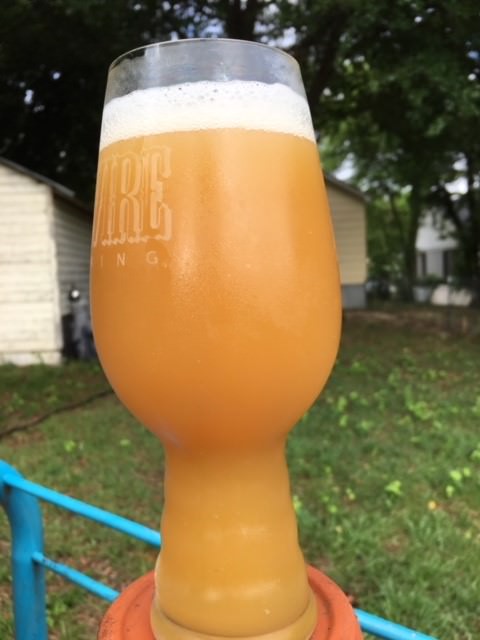I’m using the Trinity Julius clone recipe referenced extensively in this thread. The two things I changed that appear to have made a big difference for me is to not airate the wort before or after pitching the yeast and don’t rehydrate the yeast. Works every time with zero clove or undesired flavors.Sorry if you posted this before but can you post your recipe?
For reference, I live in MA and always have TH beers in my beer fridge. The three yeast combo is absolutely the path to the unique TH flavor.



